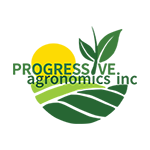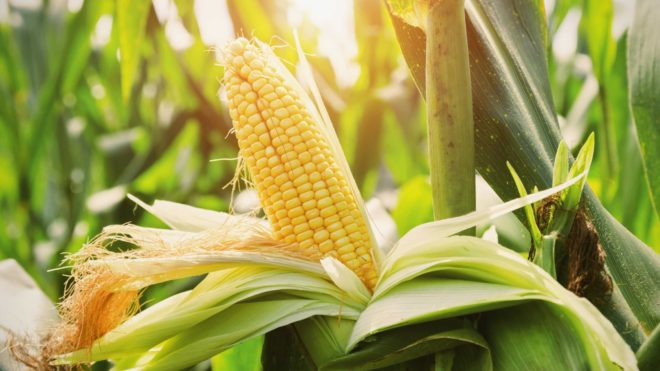Is the only good thing about 2019 that it is over? The road we walked the past year was a hard one. It is tempting to throw our hands up in disgust and call it all a loss. However, we recommend pausing and taking a look back at the 2019 growing season. You often learn the most profound lessons in the midst of struggle.
You may first recall the extended wet spring and zero in on what we can do to ensure it will not happen again. Unfortunately, predicting the weather is challenging enough, much less controlling it. As long as we continue to plant annual crops, we will have to contend with springtime weather conditions.
So, what can we do?
We have a unique chance to learn from 2019 because of the distinct year-to-year differences. For example, the atypical part of 2019 was the ideal moisture and moderate temperatures that extended throughout the late summer and fall. A better weather plan for filling and finishing grain could not have been designed even if we had tried. Therefore, 2019 rewarded hybrids like XL6282 and Beck 4905 that are capable of packing more and more weight (as starch) into the endosperm of their kernels.
By contrast, the 2019 growing season either came to an abrupt stop or severely slowed down on October 12 or 13. This year, the top performers were those that added yield earlier in the season like Beck 5699 and 6368. Kernel weight is important, but it isn’t the only factor contributing to yield. So, what are the major physiological factors that contribute to corn yield? Below shows the four major yield-contributing factors and their critical growth stages.
- Contributing Factor: Growth Stage: Common Terms
- Ear Size (Girth and length) – V6 to V12 – Knee High to Chest High
- Kernels per Ear – VT to R2 – Tassel to Blister
- Kernel Depth – R3 to R4.5 – Milk to Late Dough
- Kernel Weight – R5 to R6 – Dent to Blacklayer
If we think about the stages of corn development throughout the season, we can relate these stages to hybrid characteristics and performance. Numerous possible combinations of these yield-contributing factors (and their levels of expression) make each hybrid unique. That uniqueness is part of why it is difficult to predict which hybrid will be the top performer from year to year.
A well-balanced hybrid with stable multi-year performance often has a fixed girth. Then, yield is added through ear length, kernel depth, and kernel weight depending on growing conditions. Conversely, hybrids that perform best on highly productive acres often have deep kernels and are able to flex to add length and girth to an ear as it develops, given favorable conditions. Increasing ear size and therefore kernels per ear is the simplest way to add yield, but flex ear hybrids often come with less consistency.
In addition, individual kernel weight is also a contributor to yield. It usually stays fairly consistent year in and year out. For example, the individual kernel weight of XL 6225 may vary from one year to another, but it consistently ranks as one of the heaviest test weight hybrids each year when compared to others.
Okay, that’s interesting, but how does that translate to what hybrids to plant?
An ideal year, such as 2017 in central Iowa, puts together favorable growing conditions throughout the entire season, but especially at all four critical periods of ear and kernel development. We can’t order up perfect growing conditions, but we can make choices to help maximize hybrid performance on every acre, every year.
Selecting the right hybrid for each acre impacts yield more than nearly any other decision. Using trustworthy hybrids that can go anywhere isn’t maximizing yield on your highly productive fields, but neither is planting every acre to last year’s plot winner. You maximize yield when you consider a field’s production history and yield potential and combine those factors with a hybrid that effectively utilizes those characteristics. Then, take it one step further by making an effort to plant a package of diverse plant types and genetics to moderate against weather extremes.
Why doesn’t Beck’s just breed a hybrid that can be planted on every acre, maximizes every weather pattern, has a long, girthy ear that holds kernels from base to tip, and has deep, heavy kernels?
Just like the trade off between horsepower and fuel efficiency in an engine, when corn breeders select for one trait there is often a trade off with another. For example, when we select hybrids that add yield through increased kernel depth, we often get a decrease in test weight. Still, through modern analytical methods and breeding techniques, we are gaining! In the meantime, if you tell me what the weather will do, I will tell you exactly what hybrid to plant where.
For specific recommendations on what hybrids will work best in your fields, please talk with your local Beck’s agronomist or representative.
~Greg Shepherd, M.S., CCA – Field Agronomist
~Dr. Tom Koch – Breeding Manager

